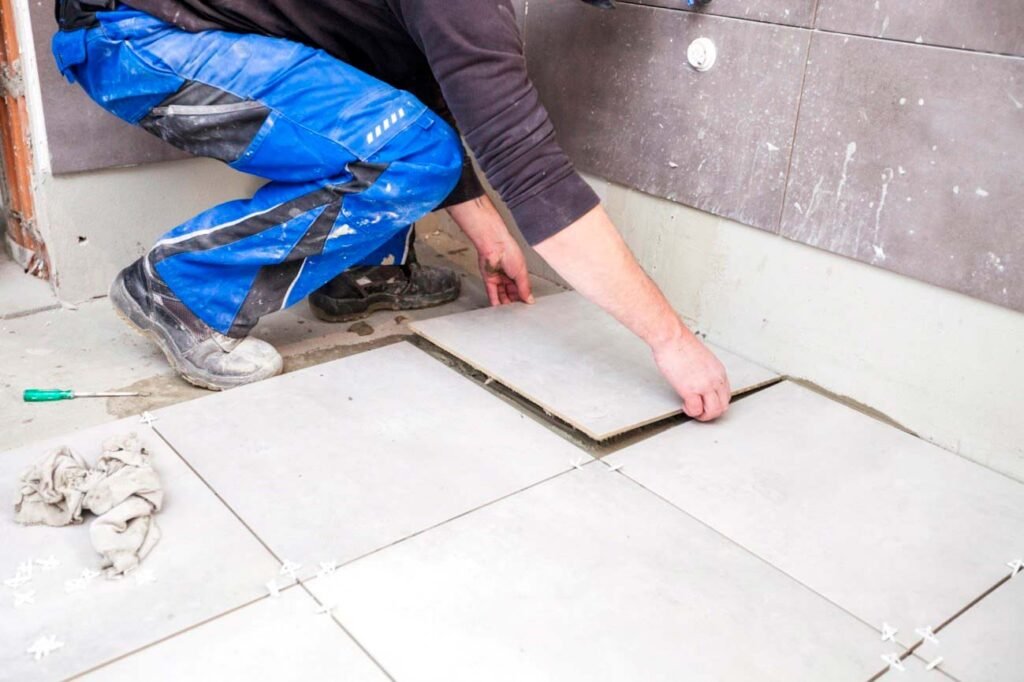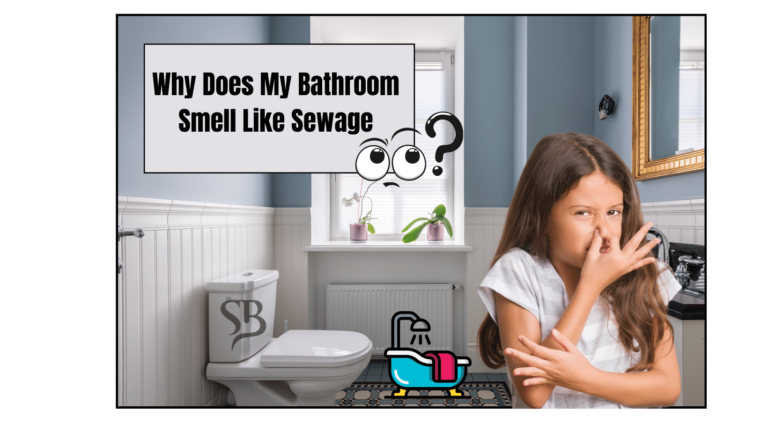Remodeling your bathroom is an exciting endeavor. The prospect of updating fixtures, creating a spa-like retreat, or simply enhancing functionality can be enticing.
However, a question that often arises is whether you can undertake a bathroom remodel without obtaining a permit.
Let’s delve into this complex terrain, exploring the nuances of bathroom renovations, permit requirements, and the potential repercussions of bypassing the permit process.
Also read: Can I Paint My Bathroom Countertop
Understanding the Permit System
Before we get into the details of redoing a bathroom, let’s talk about permits. They’re like the go-ahead from local authorities to start fixing or building things.
The idea is to make sure the work follows safety rules, local regulations, and building codes. Even though dealing with permits might seem like a hassle, the main goal is to keep you, the homeowner, and everyone else safe.
Do I Require a Permit for Bathroom Remodel?
The necessity of obtaining a permit for your bathroom remodel hinges on the scope of the project.
Minor cosmetic changes, such as painting, changing tiles, or replacing fixtures, typically don’t require a permit. However, once your project involves alterations to the existing structure, electrical or plumbing work, or changes in the layout, you may find yourself in permit territory.
Common Bathroom Remodel Projects that Usually Require a Permit:
Undertaking a bathroom remodel can be a bit of a puzzle, especially when it comes to permits. Here are the common projects that usually require the official nod from local authorities:
Structural Changes
If you’re thinking about knocking down walls or making any significant alterations to the existing structure, you’re likely in permit territory. This helps ensure that the changes won’t compromise the overall safety and integrity of your home.
Plumbing Alterations

Shifting plumbing fixtures around, relocating the shower, toilet, or sink, or installing a new bathtub with additional plumbing usually warrants a permit. This oversight ensures that the plumbing changes meet safety and code standards.
Electrical Work
Adding new electrical outlets, rewiring, or installing different lighting fixtures and ventilation fans generally require a permit. This step ensures that electrical modifications align with safety regulations.
Changing the Use of Space
If your remodel involves transforming a half-bath into a full bathroom or repurposing a storage area into a bathroom space, you’ll likely need a permit. This ensures that the change in space use meets safety and zoning regulations.
Projects That Typically Don’t Require a Permit:
While some bathroom changes necessitate a permit, many smaller projects usually don’t. These include:
Cosmetic Changes

Simple cosmetic updates such as painting walls, changing floor or wall tiles, or replacing faucets usually don’t require a permit.
Fixture Replacements
Swapping out existing fixtures like toilets or sinks without changing their location typically doesn’t trigger the need for a permit.
Surface-Level Updates
Installing a new vanity without plumbing alterations or adding mirrors and shelving generally falls into the category of changes that don’t need a permit.
Understanding which projects typically require a permit and which ones don’t can help you navigate the remodeling process more smoothly, ensuring that your improvements comply with necessary regulations while also saving you from unnecessary paperwork for smaller changes.
The Risks of Skipping Permits
While the allure of avoiding the bureaucratic red tape might be tempting, undertaking a bathroom remodel without the required permits can have serious consequences. Here are some potential risks:
Code Violations
Non-compliance with building codes can result in fines and the requirement to redo the work to meet code standards.
Safety Concerns
Building codes are in place to ensure the safety of occupants. Bypassing permits may lead to hazardous conditions that compromise safety.
Insurance Implications
If unpermitted work causes damage, your homeowners’ insurance may not cover the repairs.
Resale Complications

Unpermitted work can create complications when selling your home. Buyers may request retroactive permits or lower the sale price to account for the potential risks.
Here are some practical tips to navigate the permit process with ease:
Research Local Regulations
Familiarize yourself with local building codes and regulations. Each municipality may have unique requirements, so what’s acceptable in one area might not be in another.
Consult with Professionals

Engage with contractors, architects, or designers who are well-versed in local regulations. Their expertise can guide your project in a compliant direction.
Communicate with Local Authorities
Don’t hesitate to contact your local building department. They can provide clarity on whether your specific project requires a permit and guide you through the application process.
Keep Detailed Records
Document every step of your project, including before-and-after photos, receipts, and any correspondence with local authorities. This documentation can prove invaluable if questions arise in the future.
Conclusion: Striking the Right Balance
In the realm of bathroom remodels, the question of whether you can proceed without a permit is contingent on the nature and scale of your project.
While minor cosmetic changes often fly under the permit radar, structural alterations, plumbing adjustments, and electrical work typically demand official approval.
Skipping the permit process might offer short-term convenience, but the potential consequences, from fines to safety hazards and insurance issues, make it a risky gamble.
Navigating the permit system, though it may seem daunting, ultimately safeguards your investment and ensures that your renovated bathroom meets safety and code standards.
As you embark on the journey of transforming your bathroom, striking the right balance between creativity and compliance will not only enhance your living space but also contribute to the long-term value and safety of your home.







